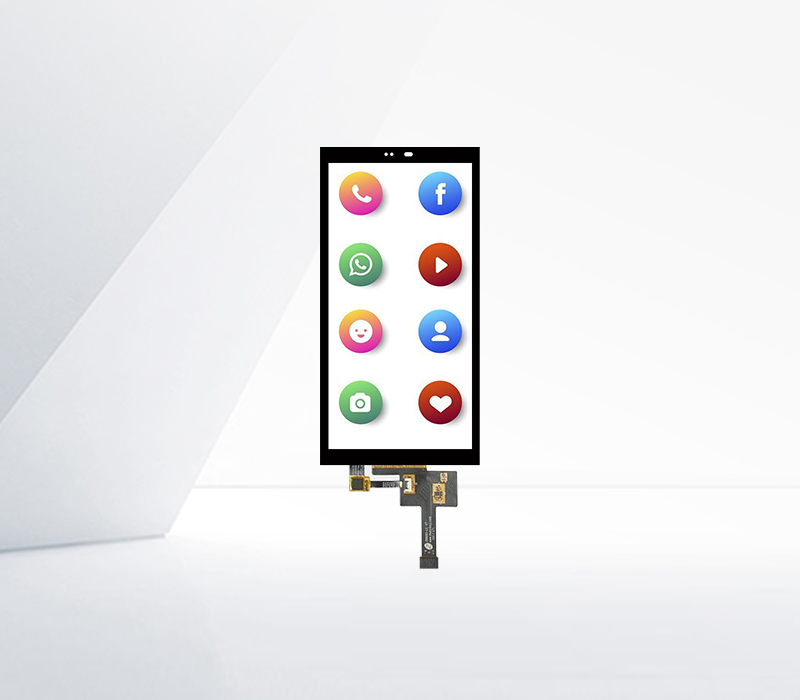




Pressure - sensing technology in touch displays has added a new dimension to the way users interact with touch - screen devices. This technology goes beyond the basic touch - detection capabilities and enables the device to sense the amount of pressure applied by the user's finger or stylus.
One of the main applications of pressure - sensing technology is in digital drawing and design applications. In a graphic design software running on a pressure - sensitive touch display, artists can use a stylus to draw lines with varying thicknesses based on the pressure they apply. For example, a light touch may result in a thin line, while a harder press will produce a thick, bold line. This mimics the natural way of drawing with traditional art tools like pencils and pens, allowing for more creative expression. In addition, pressure - sensing can be used to control the opacity of brushstrokes. A gentle touch might create a transparent stroke, while a stronger pressure can make the stroke more opaque.
In gaming, pressure - sensing technology can enhance the gameplay experience. In racing games, for instance, the amount of pressure a player applies to the touch - screen accelerator button can determine the speed of the virtual vehicle. A light touch may result in a slow acceleration, while a firm press can make the car speed up rapidly. This adds a more realistic and immersive element to the game. In some first - person shooter games, pressure - sensing can be used to control the intensity of actions such as shooting or reloading. A soft touch could perform a stealthy action, while a hard press might trigger a more aggressive move.
Pressure - sensing technology also has applications in accessibility features. For users with limited motor control, pressure - sensing can provide an additional level of precision in interacting with the touch display. Instead of relying solely on the position of the touch, the device can interpret the pressure applied to better understand the user's intent. This can be particularly useful for individuals with disabilities who may have difficulty making precise touches. Additionally, pressure - sensing can be integrated with haptic feedback systems. When a user applies a certain amount of pressure, the device can provide a corresponding haptic response, further enhancing the tactile feedback and interaction experience.
